As overlanding explodes in popularity, debates rage about what truly defines this adventure style. From Australian cattle drives to modern vehicle-based exploration, we examine the origins, evolution, and real meaning behind this all-encompassing term.
It is no secret overlanding has exploded in popularity in recent years. More people than ever before want to get out and enjoy the great outdoors, and they want to do it on their own terms, not with a guide or as part of an organized tour.
With the vast distances and rugged terrain across much of North America, vehicle-based adventures make more sense than ever before.
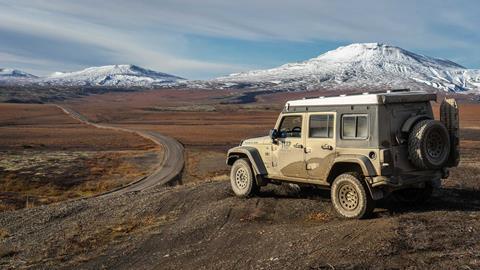
This increased interest has come with a flood of companies making products specifically targeted at the overland segment.
Now even the big vehicle manufactures are creating vehicles and trim packages specifically marketed to those who want to explore far and wide, though most of them think of overlanding as some sort of concept or new fad.
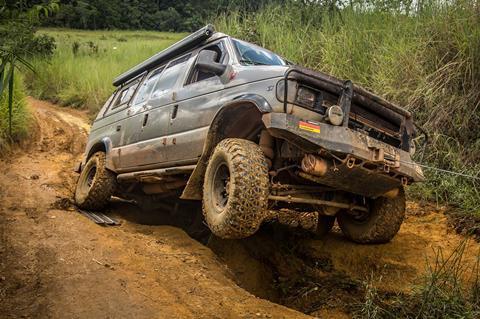
All of these new products and attempts at market segmentation led to inevitable discussions about what exactly is overlanding, and how does it differ from car camping, four-wheel driving or a good old road trip.
The Origins of Overlanding
The term itself is wildly agreed to have originated in Australia, and dates back to the days when large herds of cattle were moved between remote farm stations. Alfred Canning is the most famous of all the OG overlanders on the Australian continent, and he may just be the “father” of overlanding.
In 1906 Canning and his men built what remains as the world’s most remote road, stretching across multiple deserts in Western Australia from basically the middle of nowhere to another nowhere.
The track is 1,050 miles through the harsh desert that crosses more than a thousand sand dunes, countless salt lakes and very little else.
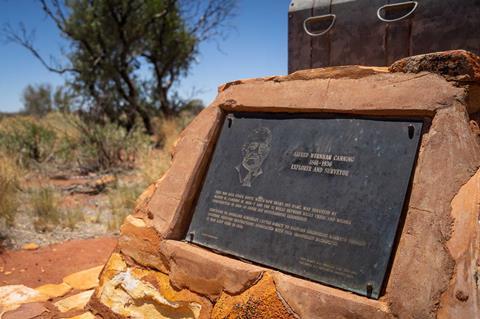
In Europe, Central Asia, Africa and Australia overlanding primarily focuses on travel, and is about exploring somewhere new, and having new experiences away from home.
In North America the evolution has been a bit different, where Overlanding evolved from the four-wheel drive and motorsport communities.
A day at the local 4x4 park is where many North Americans get their start exploring with a vehicle, and social media shows the natural progression to King of the Hammers and eventually the Baja 1000.
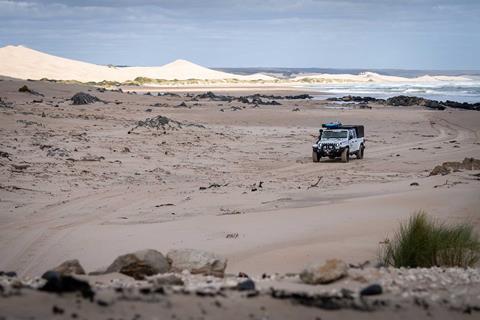
This leads a lot of people to assume you must have a very capable four-wheel drive outfitted with all the goodies like lockers, a winch and a low range transfer case before you can go Overlanding. There is no question those vehicle features can be useful, though there is a strong case against them being a requirement.
It’s Not About the Vehicle
To help better understand what is genuinely required to go overlanding, I like to analyze and learn from those that have come before me. When I set out to drive to Argentina, I had never heard the word overlanding, and honestly didn’t realize other people would be doing the same thing.
I later learned Brad and Sheena Van Orden started just before me, and their adventure eventually grew into almost three years around the entire globe.
They left California and drove south to Argentina on the Pan-Am before shipping to Asia and then Europe, exploring the wild and remote corners of thirty-four countries.
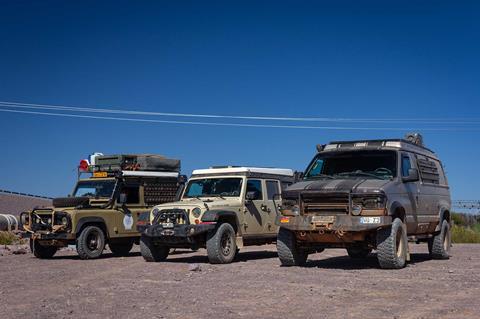
They tried strange foods, met stacks of interesting people and used hand signals when they shared no common language with locals.
They also got stuck in the mud on dozens of occasions and became master mechanics, always keeping a smile on their faces no matter the crazy situation they found themselves in.
The part I find most fascinating about their journey, is the vehicle they drove. Affectionally named ‘Nacho’, their trusty two-wheel drive VW van took them right around the planet without diff locks, low range, or a winch.
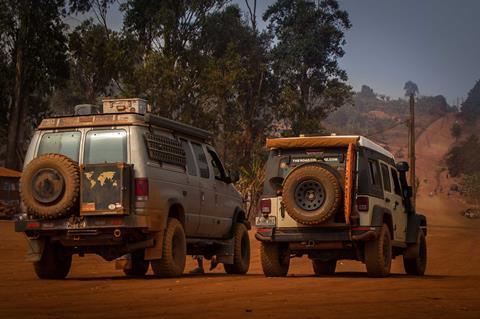
In fact, they didn’t have any of the accessories commonly considered essential for overlanding.
If ever there was an example we can learn from, let it be this one.
Our vehicles take us on incredible adventures, but the adventures are about much more than just the vehicle.
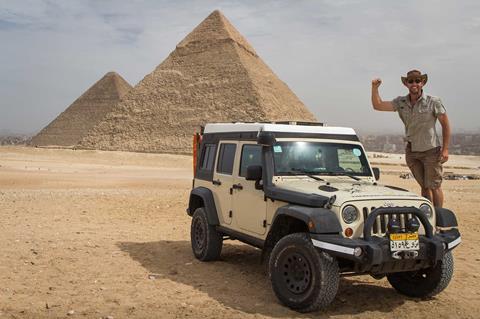
The International Component
The team at Expedition Overland take a firm stance that a vehicle adventure cannot be considered overlanding until international borders are crossed.
By their definition, the added complexity, the new cultures, language barrier and exotic landscapes all combine to change the adventure from just a road trip or car camping into true overlanding.
While there is no doubt crossing international borders does add a new dimension to an adventure, adventures within a single country cannot be dismissed as ‘less’ than overlanding.

If we did follow this line of thinking, then Alfred Canning himself cannot be considered an overlander because all his adventures were confined to a single country - he never left Australia. Clearly, this doesn’t make sense.
In a similar vein, for a person that lives on the East Coast an adventure from Toronto to the Arctic Ocean in Tuktoyuktuk or from New York City to Death Valley is an enormous adventure that will be rewarding and fulfilling.
While those adventures are confined to a single country, they are in the spirt of Canning himself, and are clearly overlanding.
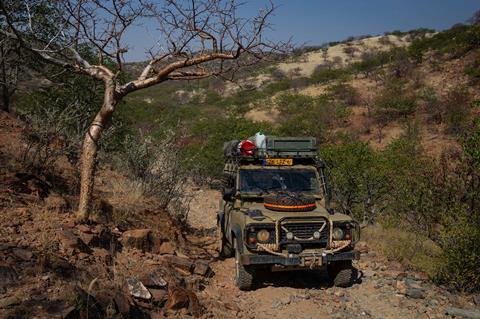
Strictly Self-reliant
A lot of definitions online add a qualifier than to be considered overlanding, the would-be adventurers must be ‘self-reliant’. This makes about as much sense as being ‘self-reliant’ in the wilds of Alaska or the Yukon, where my years of hunting and exploring taught me very important lessons about relying on those around you.
Even the wildest of backcountry Alaskans buy hunting rifles and gas from a store, and rely heavily on the people at that store for their survival.
Similarly, when I think back to my years in Africa and Latin America, I almost certainly relied more heavily on the people around me than I do in everyday life. I had to apply for and be granted visas at embassies, and I had to rely on border officials stamping me through.
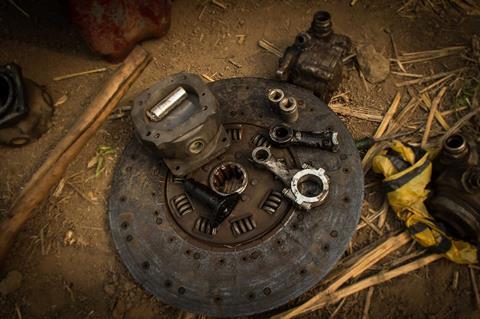
I had to purchase gas and resupply with food and water regularly, all of which required the help of many hundreds of locals.
Never mind the GPS satellites I used to navigate, my camping stove, air compressor, tires, suspension and winch, all of which were made and sold by people who I relied heavily on.
To suggest a person must drive vast distances in a ‘self-sufficient’ manner for their journey to be considered overlanding makes very little sense to me - it is simply impossible, and suggesting it can be done is ignoring the thousands of kind and friendly people that enable continent-scale adventures.
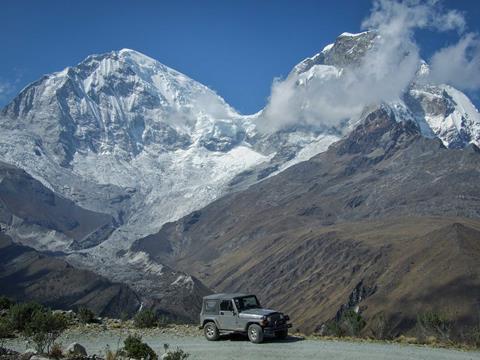
The common thread between the long wolf survivalist in Alaska and the experienced overlander is the knowledge that success requires being more reliant on those around you for help and support, not less.
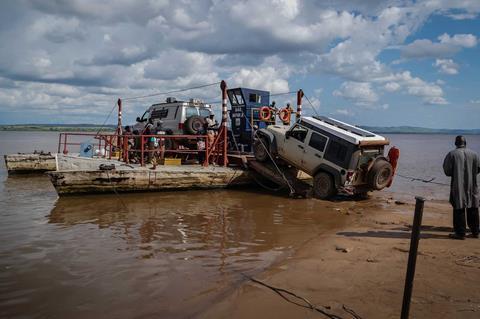
The Need to Go Remote
Another qualifier that is commonly added is the need for the adventure to be ‘remote’, otherwise it isn’t overlanding. As it turns out, when a person goes adventuring in the lower 48 it is physically impossible to be more than a hundred and twenty miles from a McDonald’s, even by helicopter.
If we are firm about the need to go remote, then it is not possible to go overlanding in the lower 48, because McDonald’s, and all that comes along, is never far away.
Even in Alaska and the Yukon getting ‘remote’ is not so easy. Because of the tundra and permafrost there are actually very few roads, so the ones that do exist go through towns with infrastructure.
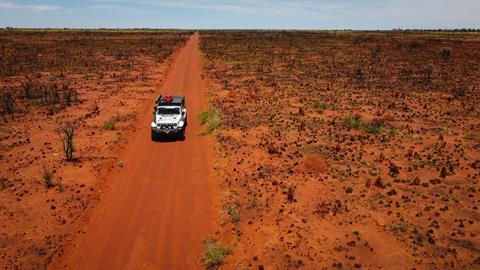
Driving to the Arctic Ocean can only be achieved by driving on a major highway that has plenty of traffic in the summer months. Because the sun never goes down, it would be rare to wait an hour before another vehicle comes along.
When looking at the realities of the modern world, the requirement for overlanding to be remote doesn’t hold up to scrutiny, and makes little sense.
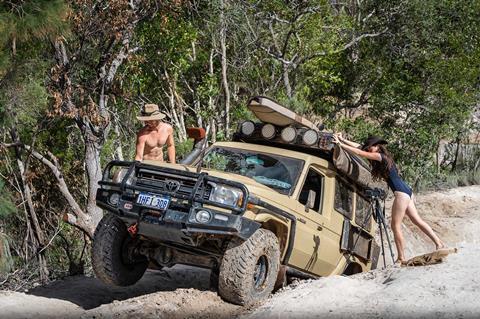
Vehicle Based Adventure Travel
When it comes down it to, attempting to diminish the achievements of others by saying they are not actually overlanders is just gatekeeping, and doing so doesn’t add anything to our community. Not many people can quit their job to spend years living in a vehicle, and in fact not many sane people would even want to.
That does not mean their adventures are not overlanding. When it comes right down to it, the simplest explanation is usually the best, and how you adventure is entirely your choice.
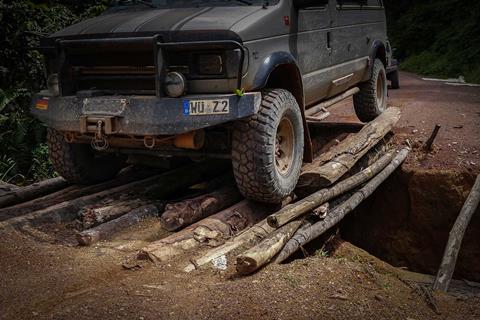
Get out there and have an adventure in your vehicle. Go someplace you’ve never been before, explore down a track you find interesting and have a great time doing it.
That is true overlanding.
Access More Great Stories!
This article originally appeared in OVR Issue 10. For more informative articles like this, consider subscribing to OVR Magazine in print or digital versions here. You can also find the print edition of OVR at your local newsstand by using our Magazine Finder.


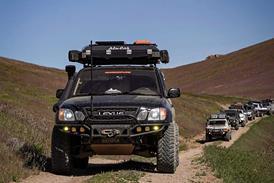
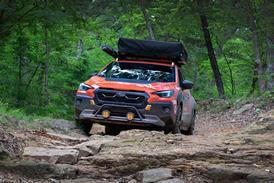
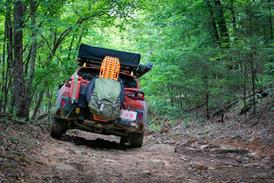
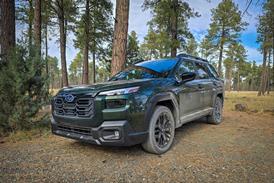
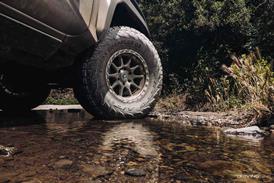

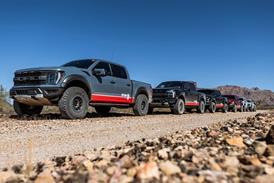
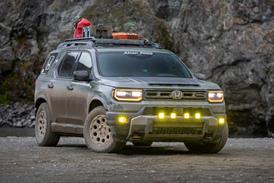
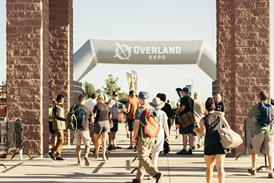
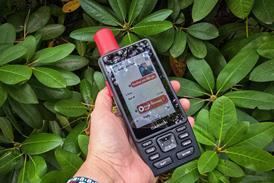
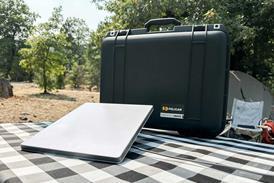
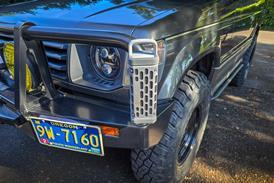
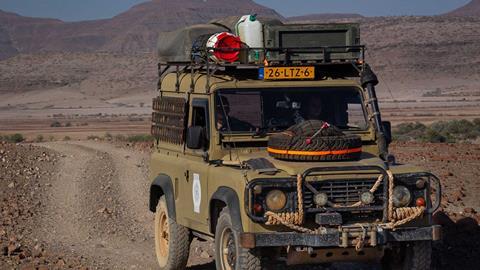






No comments yet